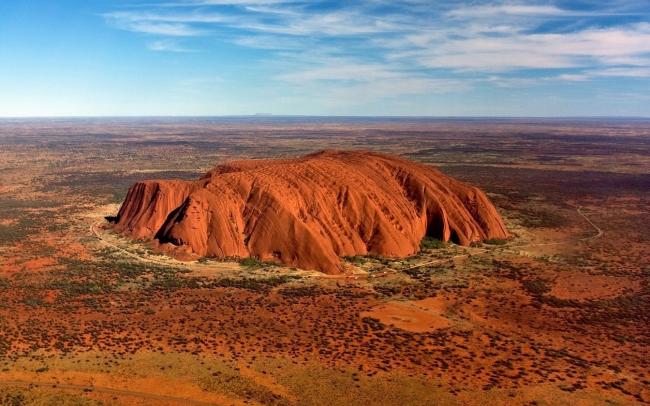
Australia records another hottest year in 2017
Sydney, Jan 10 (IBNS): The Bureau of Meteorology has released its Annual Climate Statement, showing 2017 continued the trend of warmer than average temperatures across Australia, and the country received slightly above-average rainfall.
The Annual Climate Statement is the official Bureau summary of the previous year, including temperature, rainfall and significant weather.
The Bureau's Head of Climate Monitoring, Dr Karl Braganza, said with a national mean temperature 0.95 °C warmer than the 1961–1990 average, 2017 was Australia's third-warmest year on record.
"Despite the lack of an El Niño—which is normally associated with our hottest years—2017 was still characterised by very warm temperatures. Both day and night-time temperatures were warmer than average; particularly maximum temperatures, which were the second-warmest on record.
"Seven of Australia's ten warmest years have occurred since 2005 and Australia has experienced just one cooler than average year—2011—in the past decade," he said.
And it wasn't just on land that the mercury was elevated, with oceans around Australia recording temperatures well above average for the year and prolonged high sea surface temperatures being associated with significant coral bleaching on the Great Barrier Reef during early 2017.
Despite the heat, there were also some very cool nights in southern Australia in June and July, associated with long strings of cloudless days.
Dr Braganza noted it was a mixed year for rainfall. "The middle of the year was notably dry, with June the second-driest on record nationally, and September the driest on record for the Murray–Darling Basin.
"The last three months of 2017 took a wetter turn, with above-average rainfall in many areas,” he said.
Averaged over the whole of Australia, rainfall for 2017 was 8 per cent above the 1961–1990 average of 465.2 mm.
In 2017, Australia saw:
A neutral El Niño–Southern Oscillation for most of the year, but the tropical Pacific Ocean cooled steadily from mid-winter and La Niña was declared at the start of December
A positive Southern Annual Mode and strong subtropical ridge during winter, bringing clear skies, frosty nights, and below average winter rainfall
Exceptional warmth which affected large parts of New South Wales and Queensland through January and into February, with records set in southeastern Australia and southern Queensland
Tropical lows which caused flooding in the Northern Territory and northern and southwestern Western Australia in January and February
Mass coral bleaching in the Great Barrier Reef confirmed in March—the first recorded instance of mass coral bleaching events in consecutive years (following the event of 2016)
Severe tropical cyclone Debbie caused widespread wind damage in late March, and flooding in Queensland and northeastern New South Wales, which continued into early April in some rivers
Record high May–September forest fire danger index values over Queensland and northern New South Wales as a result of prolonged warm and dry conditions
The warmest daytime temperatures on record for the Northern Territory during the dry season (May–September)
Exceptional warmth during the last week of September, with records set in Victoria, New South Wales and Queensland
October flooding on Queensland’s east coast, particularly at Bundaberg and Tully
A very warm November after a frosty start, owing to a long-lived blocking high pressure system over the Tasman Sea, with records set in Victoria and Tasmania
Support Our Journalism
We cannot do without you.. your contribution supports unbiased journalism
IBNS is not driven by any ism- not wokeism, not racism, not skewed secularism, not hyper right-wing or left liberal ideals, nor by any hardline religious beliefs or hyper nationalism. We want to serve you good old objective news, as they are. We do not judge or preach. We let people decide for themselves. We only try to present factual and well-sourced news.







